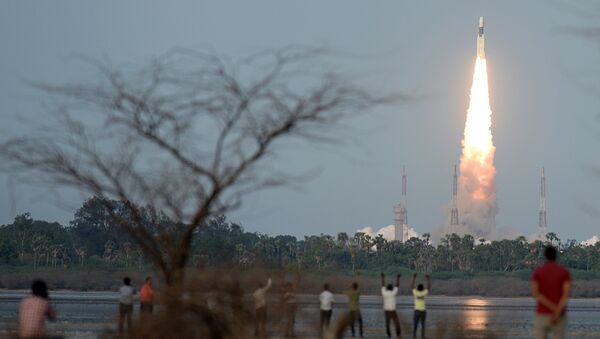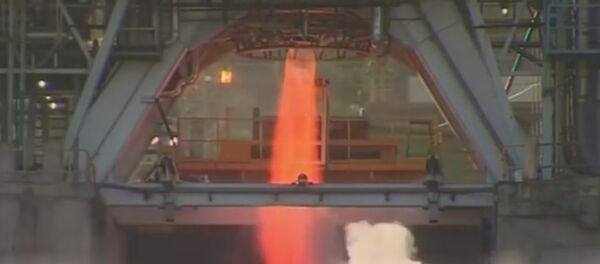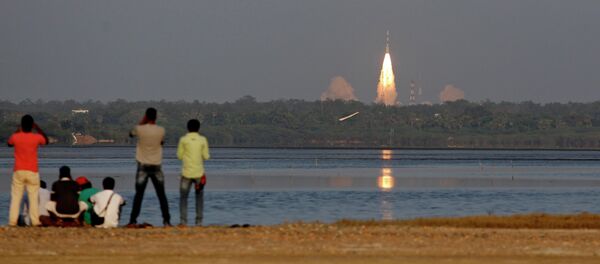"The GSLV Mark III would be carrying the GSAT-19 communications satellite that would help improve VSAT (very small aperture terminal) and data connectivity and other applications across the country. It is a high-throughput communication satellite that has multiple applications," Mint quoted A.S. Kiran Kumar, secretary, Department of Space and chairman of the Indian Space Research Organisation (ISRO), as saying.
ISRO launches its most powerful rocket GSLV Mark III carrying GSAT-19 communication satellite from Sriharikota, AP #GSLVMK3 pic.twitter.com/3Tnme9Qlz5
— ANI (@ANI_news) June 5, 2017
The project, however, got delayed for almost 12 years due to the collapse of the USSR, the US-led sanctions thereafter, and budgetary costs all along which forced the ISRO to focus on PSLV and GSLV.
The US imposed sanctions on India first in 1974, when the first nuclear test was carried out. In 1998, India tested nuclear devices for the second time, leading to more sanctions and therefore the denial of cryogenic engine technology.
"Export controls on strategic technologies were used to prevent India from developing missile or nuclear technology. Since the early 2000s, the rationale of technology export control regimes and its dynamics have undergone some change. Despite technology controls, the West, and the US, in particular, had to recognize the new reality, that they could not entirely control the spread of technology," Rajeshwari Rajagopalan Pillai, Senior fellow and Head, Nuclear & Space Policy Initiative, at the New Delhi-based Observer Research Foundation, told Sputnik.
Capable of carrying a payload of 4,000 kg into the geosynchronous transfer orbit (GTO) at 36,000 km, and 10,000 kg into the lower earth orbit (LEO) at around 800 km, the GSLV Mark III's first successful suborbital test flight was conducted on December 18, 2014, according to the official website of ISRO.
"The development of the GSLV Mark III relieves India of dependency on foreign players to launch its heavy satellites. With the future satellite launch market shifting towards heavy communication satellites, India has a strong incentive to master this launch vehicle. It also has the potential to be used in a future Indian human space program or deep space exploration," she said.
Earlier, on May 5, the Indian space agency launched the 2,230 kg South Asia GSAT-9 to boost connectivity among South Asian nations. The project involved eight countries which involved bringing on board Nepal, Bhutan, Afghanistan, Maldives, Bangladesh and Sri Lanka. Pakistan was not part of the project.





